
It was the slowest of times; it was the fastest of times. (Apologies to Dickens…) The year 2020 will go down in history as the longest year ever! Yet here we are already zooming toward Thanksgiving. I don’t know about you, but it’s a trying year to stay grateful. That’s exactly why mindfulness matters…
When I’m caught up in the dizzying news cycle, I find myself gasping for air. I tell myself that all will be well…but I don’t believe me. That is, I don’t believe me until I step off the merry-go-round into my backyard where all is indeed well. The fig tree is dropping leaves right on schedule. The fall migrant birds hop along the lawn avoiding contact with our very lazy cat. The wind chimes sound in the breeze just enough to announce their presence. The clouds float by. I can feel my breathing, right here, right now.
Mindfulness isn’t complicated. It simply means stopping for a moment and actually noticing the moment. Without judgement. Without rushing into the next moment – it’ll be here soon enough. Without the jumble of thoughts that are vying for your attention. Just here. Now.
Some years ago, before everything became digital, I would use the analogy of lifting the needle off the record for three full breaths. Even when you put the needle back down, it can’t possibly be in the same place. And neither can you. That’s really all it takes is three breaths to reset your nervous system, soothe your mind and free your heart.
Your body is the perfect reminder to come back to the moment. It’s always in the present, patiently waiting for you. James Joyce wrote in Ulysses, “Mr. Duffy lived a short distance from his body.” And don’t we all? Or, as Jon Kabat-Zinn once described it, we go on vacation and send postcards that should say, “Having a wonderful time. Wish I was here…”
Mindfulness matters because YOU matter. Because life is actually happening NOW, in each moment. And if we’re always busy in our thoughts, we’ll miss it as it speeds by. Consider this an invitation to s-l-o-w d-o-w-n, even if it’s only for a moment… I invite you to sit back, close your eyes, feel your breathing and come back to your body by giving your mind a rest.
Click the link below to listen to Breathe Deep a song about mindfulness from my Soul Feathers album, produced by Thomas Barquee
About the Author:
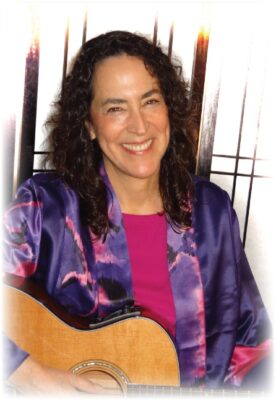
Joy maker Sandi Kimmel, singer-songwriter, teacher, writer, wellness and spiritual growth advocate, shares Practical Spirituality tools and techniques with her warm soothing voice, uplifting music, spirit stories, and e-courses.

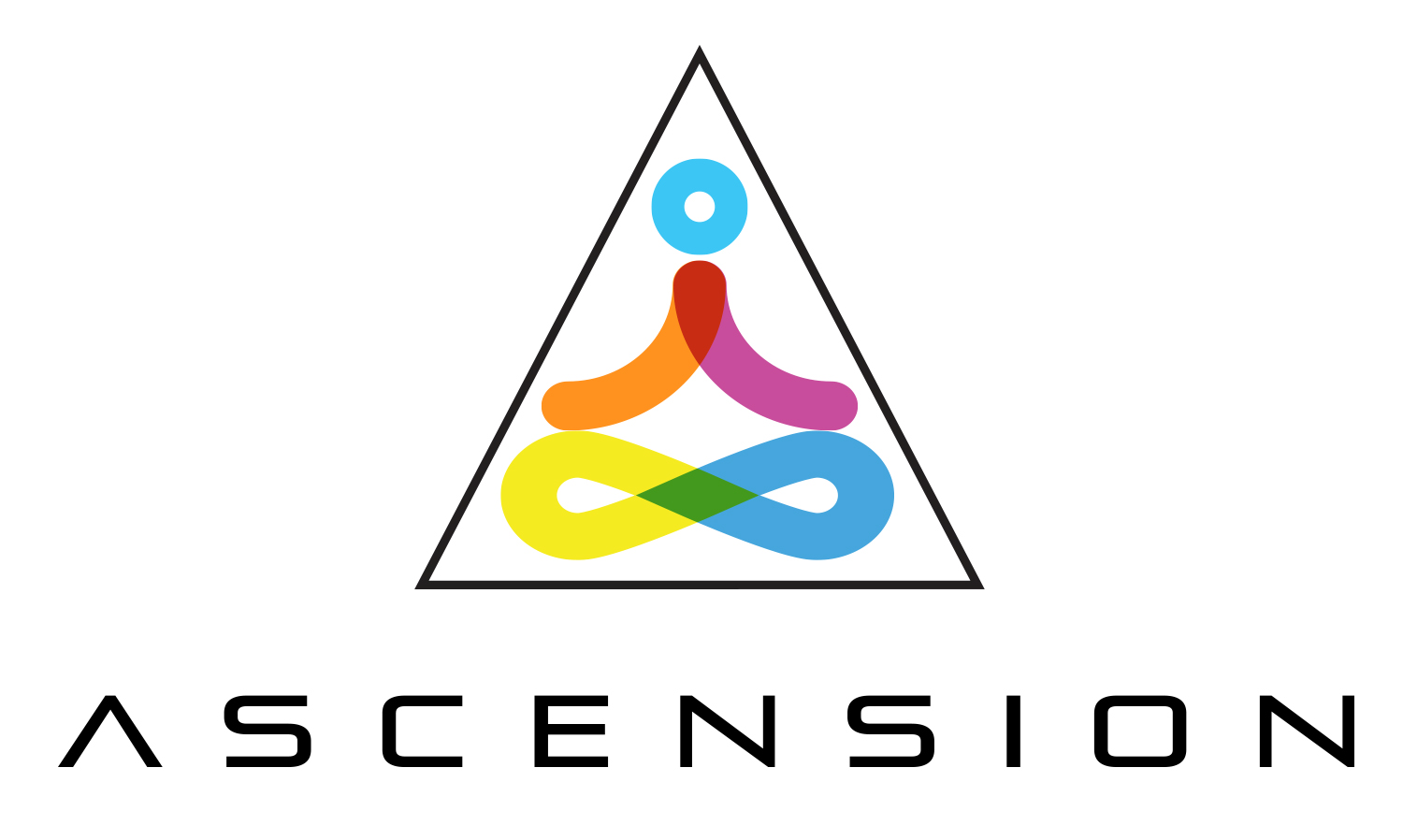
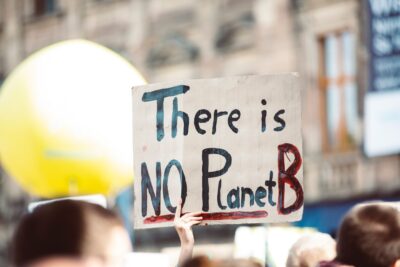

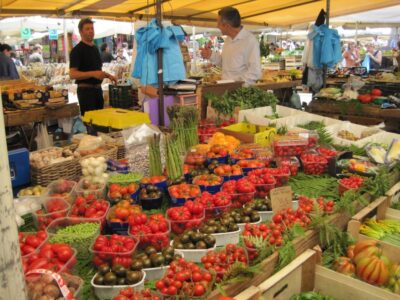
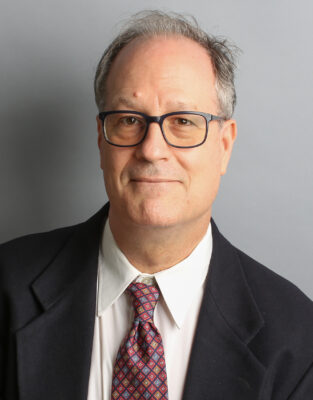
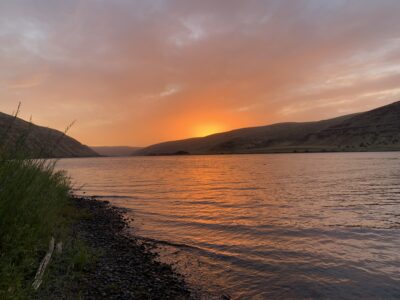
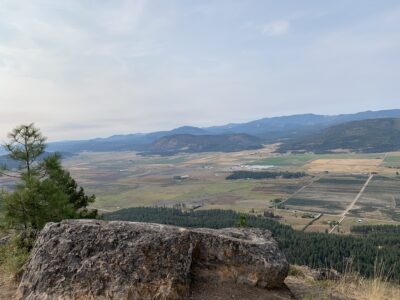
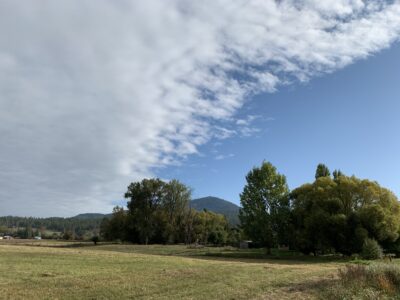
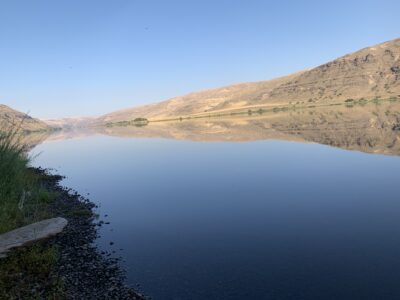
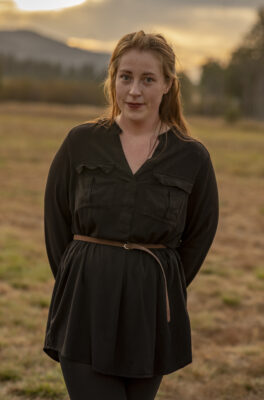 Lisa Greene (she/her)
Lisa Greene (she/her)